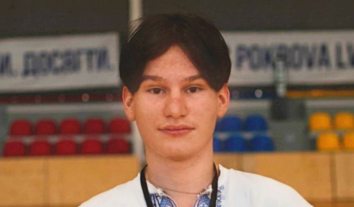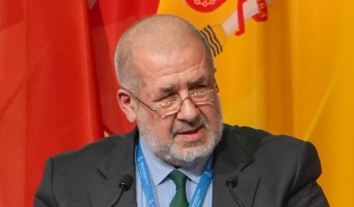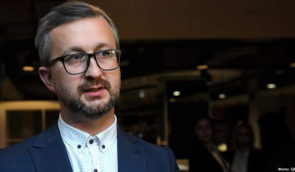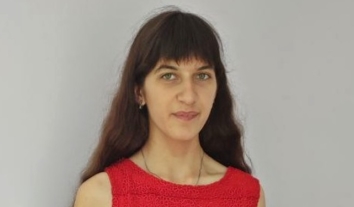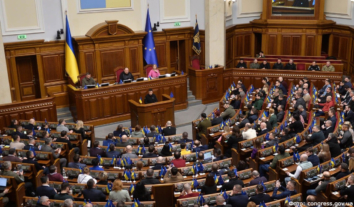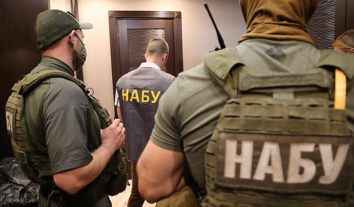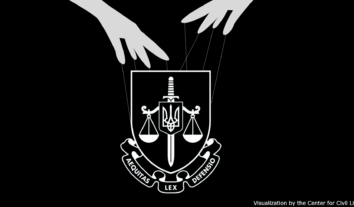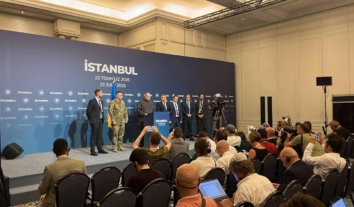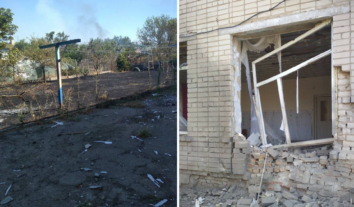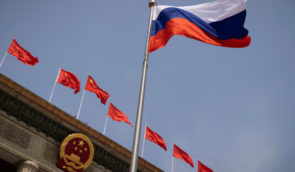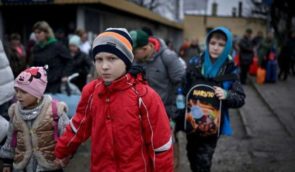Forced filming in propaganda: How Russians use civilian hostages to strengthen their power
Since the full-scale invasion, the number of civilians who have been victims of illegal detention and subsequent imprisonment by the Russians is measured in thousands. According to the Ukrainian Ministry of Internal Affairs, as of October 2023, the official register contained over 28,000 citizens missing under special circumstances. Some of these people are civilians who are being held in the temporarily occupied territories of Ukraine or have already been transferred to Russia.
For the most part, relatives who contacted the ZMINA Human Rights Center complained that the occupiers did not inform them about the circumstances or the detention of their loved ones. They often lost contact with the person, and a long search process began, which could last for days, weeks, and even months. Some families still do not know where their relatives are and whether they are alive.
In search of their loved ones, families are forced to go through many challenges, including watching propaganda videos.
The practice of filming videos with prisoners is not new. The occupiers have been actively using it in Ukraine since 2014 when they did not officially recognize their presence in Donetsk and Luhansk regions. However, previously, such videos focused mainly on prisoners of war.
Captured soldiers were interrogated and filmed. The so-called parade of prisoners of war, which the occupation forces held on August 24, 2014, in captured Donetsk, became widely known. This became the basis for appeals to the International Criminal Court: a gross violation of Article 3 of the Geneva Conventions, which prohibits outrages on human dignity, including insulting and degrading treatment.
In addition, Ukrainian prisoners of war who returned from Russia filed several individual applications with the European Court of Human Rights regarding violations of Article 3 of the Convention for the Protection of Human Rights (torture and inhuman or degrading treatment or punishment), as well as violations of Article 8 of the Convention on the protection of human dignity.
Back then, videos featuring civilian hostages were still rare. The most famous of these is the filming of the public beating and humiliation of Iryna Dovhan, a volunteer from Yasynuvata who was tied to the so-called pillar of shame in occupied Donetsk in 2014.
With the beginning of the full-scale invasion in 2022, the Russians began to abduct civilians en masse, including active pro-Ukrainian citizens, volunteers, journalists, local government representatives, and opinion leaders. The occupiers filmed propaganda videos with the detainees. They used them as another tool to influence the community: on the one hand, to maintain loyalty to the occupation authorities, and on the other, as a method of intimidating other pro-Ukrainian residents in the occupied territories.
After the rapid occupation of parts of Ukraine in the Kherson, Dnipro, Zaporizhzhia, and Kharkiv regions, the Russian military and Moscow-appointed administrations faced considerable resistance from the local population, which openly expressed its pro-Ukrainian position and protested.
In particular, in the Kherson region, resistance actions continued in March 2022, and to suppress them, the Russians used abductions of active citizens.
One of the first videos featuring a civilian was a recording of the abducted journalist, writer, and activist Serhiy Tsyhipa, who was described as “a Ukrainian military man who moved to Russia,” being interrogated about “dubious strategies of the Ukrainian army.” In the video, the man speaks uncharacteristically, carefully holding his hand to his ribs, suggesting that he has been injured or tortured.
Another video made with the overt intentions of intimidation and propaganda featured Olena Naumova, a well-known blogger and educator from Kherson. A few days after her disappearance, in August 2022, a video of her “apology to the Russian army” appeared online. In the video, an exhausted and Ukrainian-speaking Olena says a memorized text in Russian about how she regrets criticizing the Russian army and apologizes. After returning to the territory controlled by Ukraine, Olena told ZMINA journalists that the video was recorded only from the fifth take because she was constantly under pressure and could not concentrate. After the video was recorded, she was released. The Russians eventually deleted the video itself.
During interviews with witnesses and victims, documenters from the ZMINA Human Rights Center collected more than a dozen testimonies of civilians being forced to appear in propaganda videos.
One of the interviewees, a journalist for a regional publication, said he was pressured to criticize the Ukrainian political system. He was unwilling to do so even under duress, so he used general phrases such as “this is a complicated issue” or “it has become difficult for pensioners to live.”
Civilians from the Kharkiv region noted that the videos forced them to confess crimes, not necessarily “political” ones. Later, the Russian occupation “police” used these videos for blackmail. In particular, the prisoners were later told that their “video confessions” would be used in a criminal case and they would receive severe punishment.
Even after the de-occupation, civilians tried to find information about themselves and their “confessions” to destroy them. People were afraid that these videos could now be used to prove their guilt in crimes that were invented or imposed by the occupiers.
The mother of one of the civilian hostages from Berdiansk, Zaporizhzhia, who had moved abroad before the invasion, was pushed to record a propaganda video in which she claimed to be working for the Ukrainian special services and had “recruited” her son and his friend. The man from Russia’s Federal Security Service (FSB) promised the woman that her son and friend would be released after the video, but this did not happen – the case of the “Berdiansk terrorists” has now been transferred to the Rostov court in Russia.
At least seven people illegally detained in a torture chamber set up by the Russian occupiers in a school building in the village of Bilyayivka in the Kherson region were forced to appear in a propaganda video before being released. Before the video was recorded, the victims were intimidated and threatened directly: either they read the text to the camera, or they were thrown into a pit.
“They gave me a sheet of paper that said: “I am tired of the government of Zelenskyy, a drug addict, a clown, and his henchmen. I, so-and-so, will cooperate with the Russian troops in every possible way,'” one of the victims recalled during the interview.
The victims were also forced to say that they were treated well in the illegal detention center: they were not beaten, were fed, watered, and provided with medical care. In reality, the men were kept in a dark room for months without access to food, water, toilets, or the ability to go outside for even a short walk. Some of them were severely beaten and tortured with electric shocks. After the video was recorded, the victims were threatened with execution if they talked about the filming. If they went to war after their release, the Russians would make the video public and thus discredit the former prisoners.
From the point of view of law, these videos are additional evidence of crimes against civilians committed by Russians. Any actions aimed at abusing and humiliating civilians are prohibited by international humanitarian law, including the 1949 Geneva Convention relative to the Protection of Civilian Persons in Time of War, as well as the Universal Declaration of Human Rights and the European Convention. At the same time, the latter regulates the actions of Russians only until September 16, 2022, as Russia was expelled from the Council of Europe. Hence, the jurisdiction of the Convention no longer applies to its citizens.
Any confessions to crimes obtained under pressure and coercion are invalid and cannot be used in a state governed by the rule of law as a source of evidence for any acts. Therefore, relatives of abducted civilians who see their loved ones on such videos may not worry that they are confessing to any crimes or showing support for the occupiers.
The same applies to civilians themselves who experienced illegal detention and were forced to appear in such videos. People interviewed by the ZMINA Human Rights Center often spoke about these episodes with shame and fear. Nevertheless, it is evident that such videos were filmed under pressure and that they were often preceded by psychological and physical torture. So, there is no reason to be afraid of publishing such a video. The only thing that former hostages or their relatives should do is to report the video to law enforcement agencies. Then, investigators will be able to use the video as an additional source of evidence of the systematic and widespread nature of Russian crimes against civilians.

